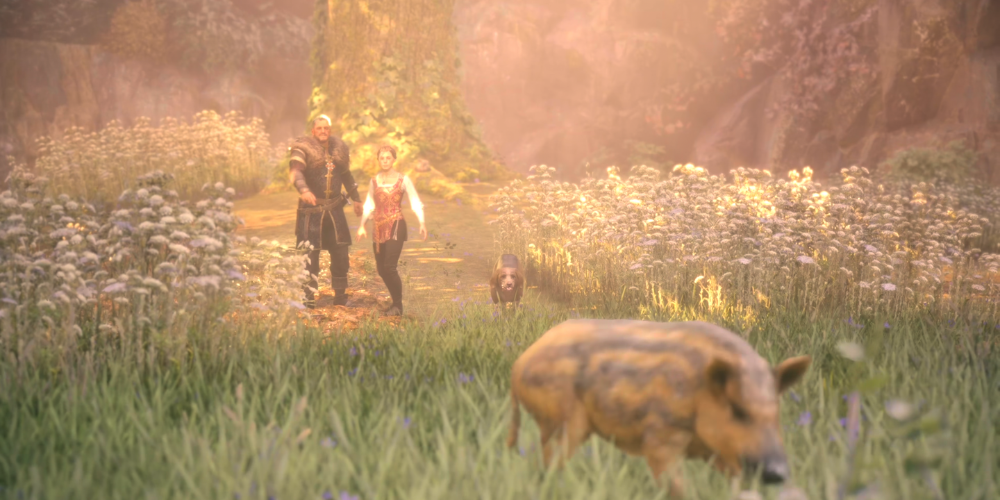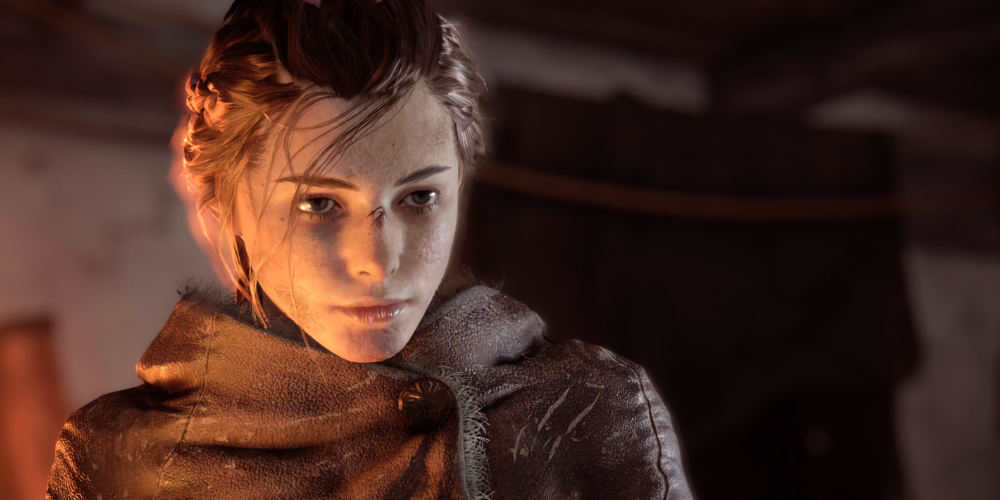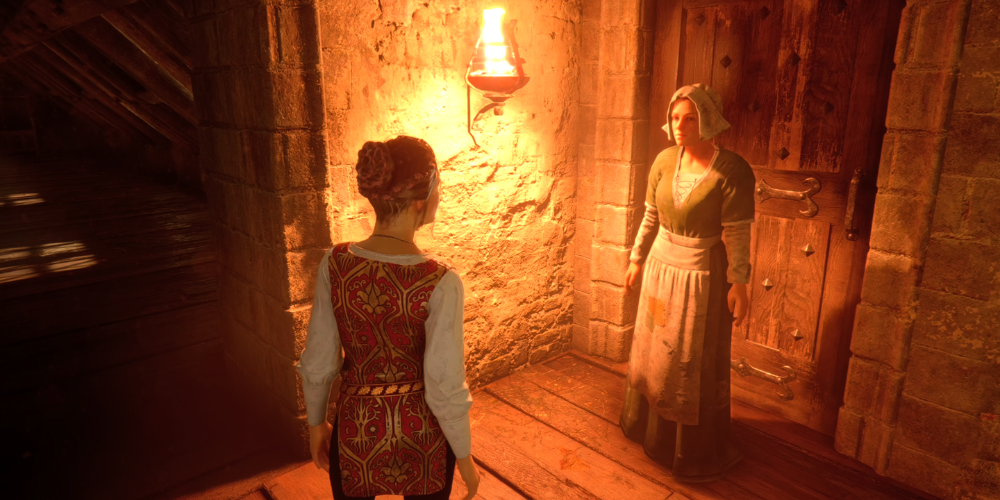Exploring the Dark Historical Setting of A Plague Tale: Innocence
- Apr 29, 2024
- 498

A Plague Tale: Innocence is more than just a story-driven action-adventure game; it's a deep dive into one of the darkest periods of European history. Developed by Asobo Studio, the game intricately blends historical events with fictional narratives, shedding light on the trials and tribulations of the 14th century. This exploration aims to dissect the elements that make up the somber yet captivating setting of A Plague Tale: Innocence, emphasizing its rendition of the Black Death, the socio-political environment, and the pastoral yet perilous French countryside.
Background: The Black Death
The core historical backdrop of A Plague Tale: Innocence is the Black Death, one of the most devastating pandemics in human history that claimed the lives of an estimated 25 million people across Europe. Emerging in the 1340s, the disease drastically altered the societal structure of the Middle Ages, leading to widespread chaos and fear. The game portrays this sense of dread masterfully, using the plague’s effects as both a narrative and gameplay element. The countless swarms of rats, seen as vectors of the disease, not only enhance the atmosphere but also challenge players to think critically about their movement and decisions in the game.
The depiction does not shy away from the grim realities of the plague’s impact on both urban and rural settings. As the protagonists, Amicia and Hugo de Rune, navigate through their adventure, players encounter towns overrun with death, decay, and desperation. The social implications are vividly portrayed; fear led to widespread distrust amongst people, abandonment of family members, and extreme responses like witch-hunts and flagellant movements, which sought to ward off the disease through penance and punishment.
The Hundred Years' War

Intertwined with the plague is the backdrop of the Hundred Years' War between England and France, which lasted from 1337 to 1453. This prolonged conflict provides a chaotic framework for the game’s narrative, influencing characters’ motivations and the general state of disorder. The war contributed to the economic and social instability that made the populations more susceptible to the calamities brought by the Black Death. The game captures the taut atmosphere of a country at war—burned villages, battle-weary soldiers, and a constant air of betrayal and intrigue enhance the story’s grim realism.
Through Amicia and Hugo’s eyes, players witness the devastation wrought by the war: land laid waste, the populace in flux, and military forces taking advantage of the destabilized state to further their agendas. The narrative does not spare details on how the war exacerbated the suffering of common folk, driving them into even deeper despair.
Socio-Political Chaos and Ecclesiastical Power

The 14th century was not only a time of disease and war but also significant socio-political upheaval. A Plague Tale: Innocence explores the drastic shifts in power dynamics, with the nobility and clergy struggling to maintain their grip on a crumbling society. The game delves into the role of the Church during this period, portraying it as a powerful entity with both positive and negative influences.
The clergy in the game often appear as antagonists, particularly in their quest to harness the mysterious powers of Hugo. This reflects historical instances where the Church sought to capitalize on societal fears for power consolidation. However, the game also shows moments where clergy members provide sanctuary and aid to those afflicted by the chaos, highlighting the complexities of ecclesiastical power during this era.
Furthermore, the game scrutinizes the feudal system, illustrating how the nobility’s detachment from the hardships faced by peasants exacerbated societal tensions. Amicia’s family background, as part of the minor nobility, provides insight into the struggles even they faced amidst widespread societal breakdown. Her interactions with other characters depict the varying degrees of loyalty and rebellion stirring within feudal ranks.
The Pastoral Yet Perilous French Countryside

Amidst the backdrop of disease and war, the setting of rural France is painted beautifully yet ominously in A Plague Tale: Innocence. The contrast between the serene beauty of the French landscape and the lurking dangers of the plague-infested countryside is striking. The game’s environments play a crucial role, from the lush forests that provide refuge and resources to the rivers and fields that serve as both barriers and paths to salvation.
The natural environment serves not merely as scenery but as an engaging character within the story. The ever-present rats, symbolizing the plague, are not the only danger—the scarcity of food and resources, the mercenaries and soldiers prowling the lands, and even other desperate survivors can prove to be just as deadly. The picturesque scenery belies the lethal realities of the time, making it a character in its own right.
Conclusion
In A Plague Tale: Innocence, the dark historical setting is not merely a backdrop but a central character that shapes every aspect of the story and gameplay. As players guide Amicia and Hugo through their harrowing journey, they are immersed in a deeply atmospheric narrative enriched by the realistic portrayal of one of history’s most turbulent times. The game not only entertains but educates, providing a visceral understanding of the complexities and challenges faced by people of the past. This underscores the strength of video games as both a narrative tool and a conduit for historical contemplation.